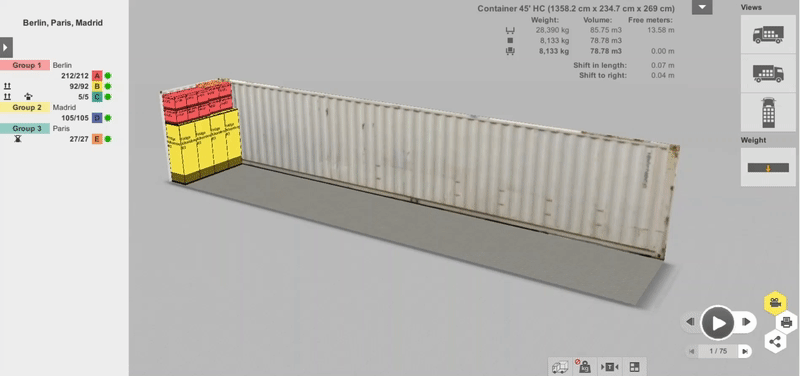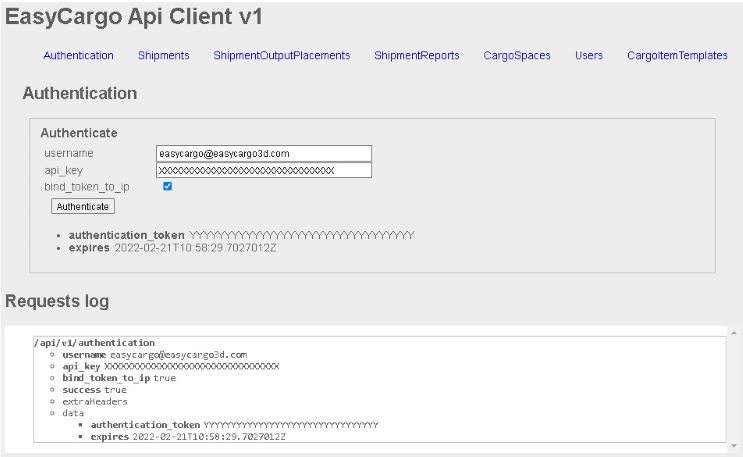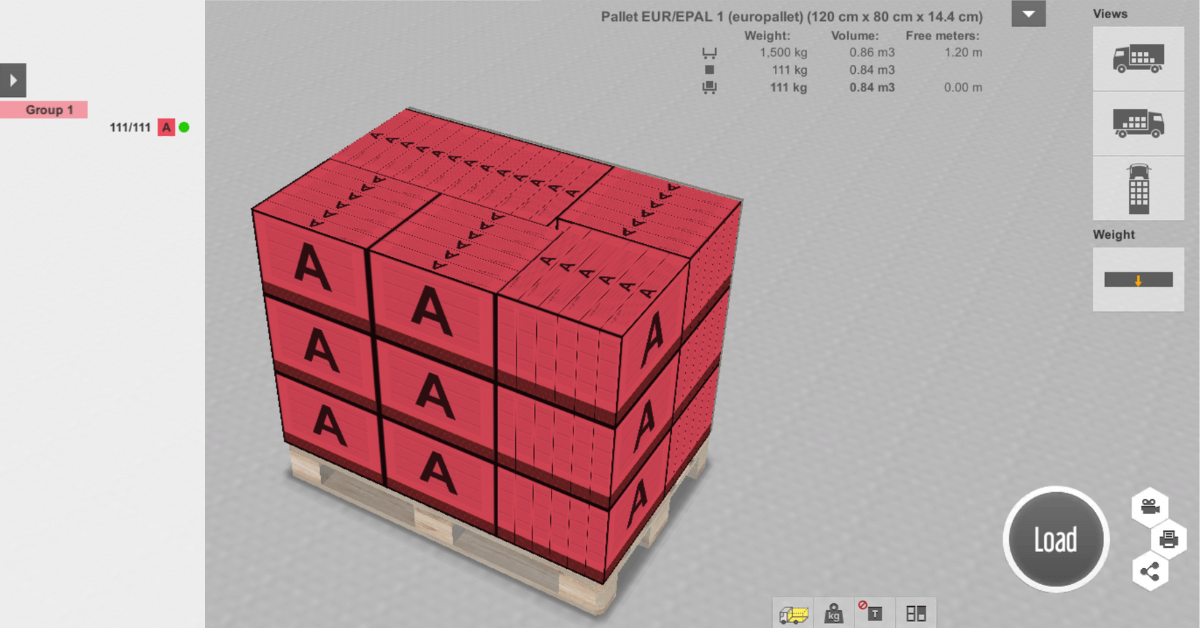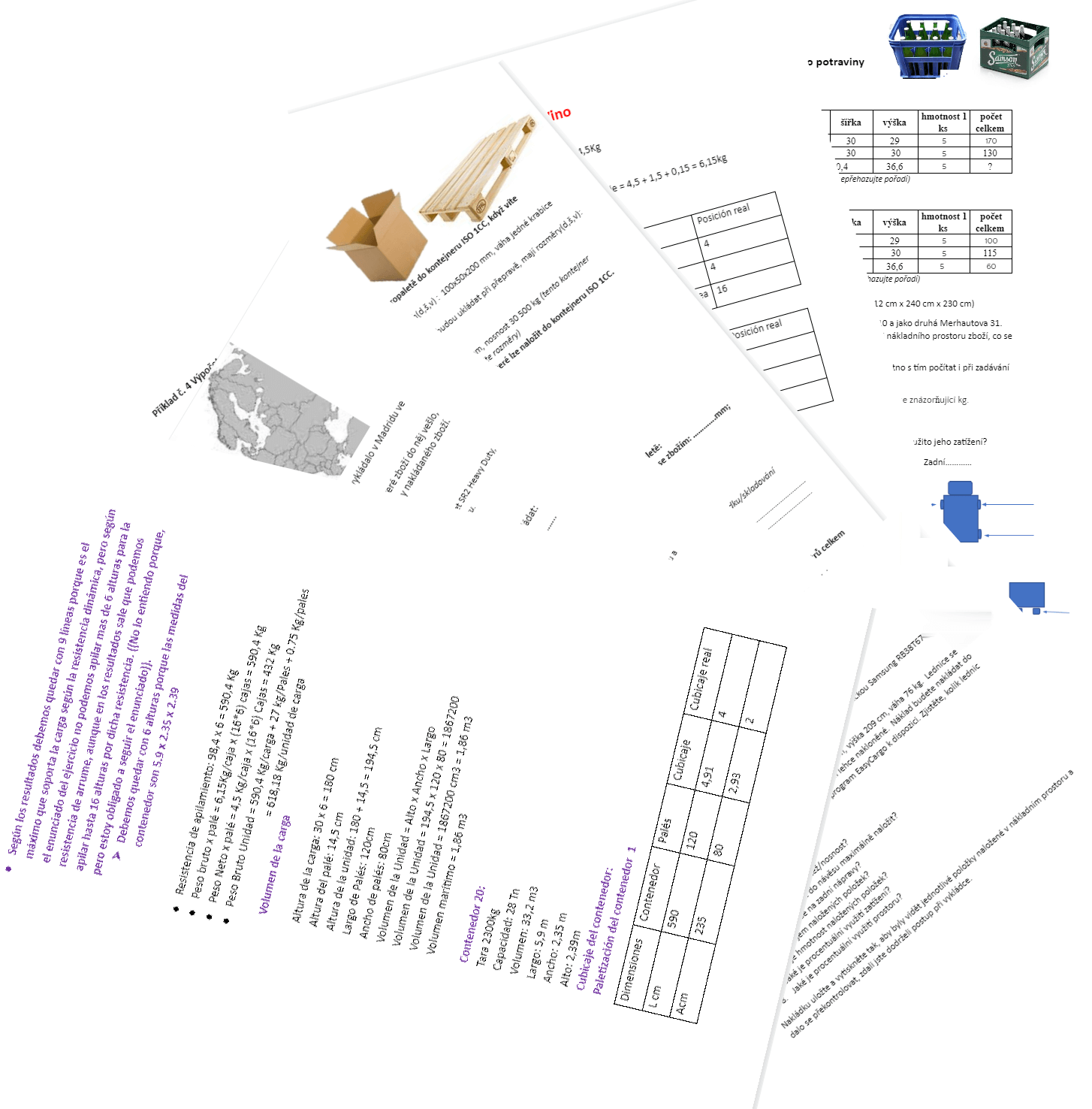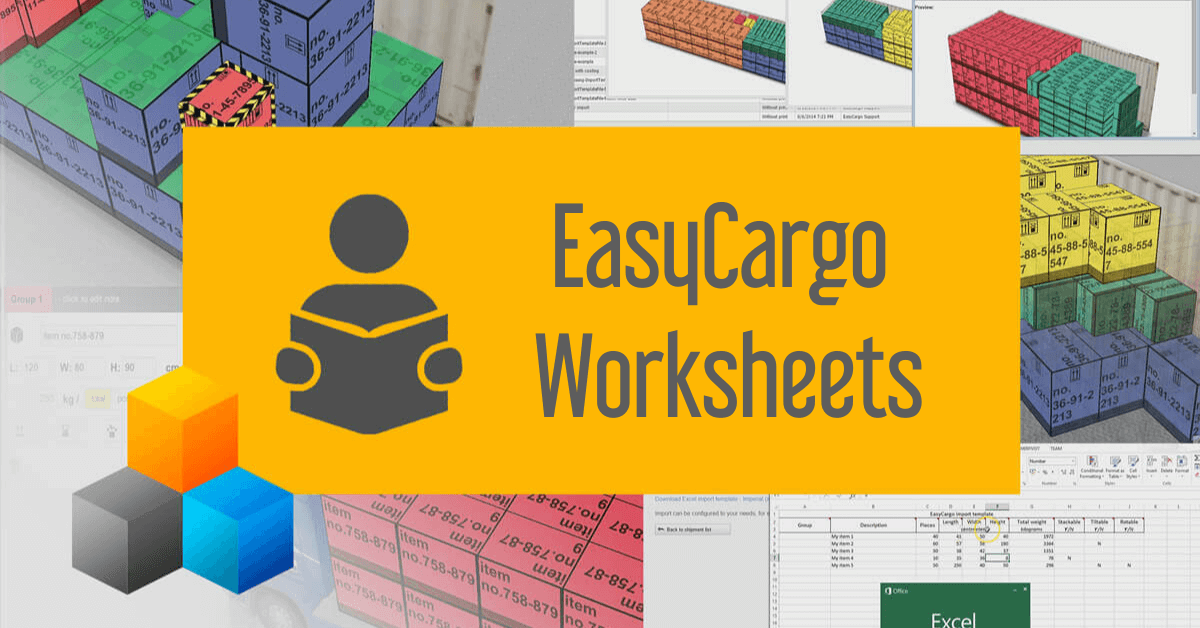Newest EasyCargo feature released: shipments get stored automatically, as long as you want Lukáš Brož | 9. Mar 2023
There is a new feature added to our EasyCargo load planning software that allows an automatic archive of all of your shipments. This is especially useful if you have many of them in the Shipments and Reports tab that you can no longer keep track of.
Furthermore, you are now able to view the Shipments Archive through the Shipments and Reports tab. You can see this button at the bottom of the table behind the Import of shipment and Show Autosaved Shipments options.




